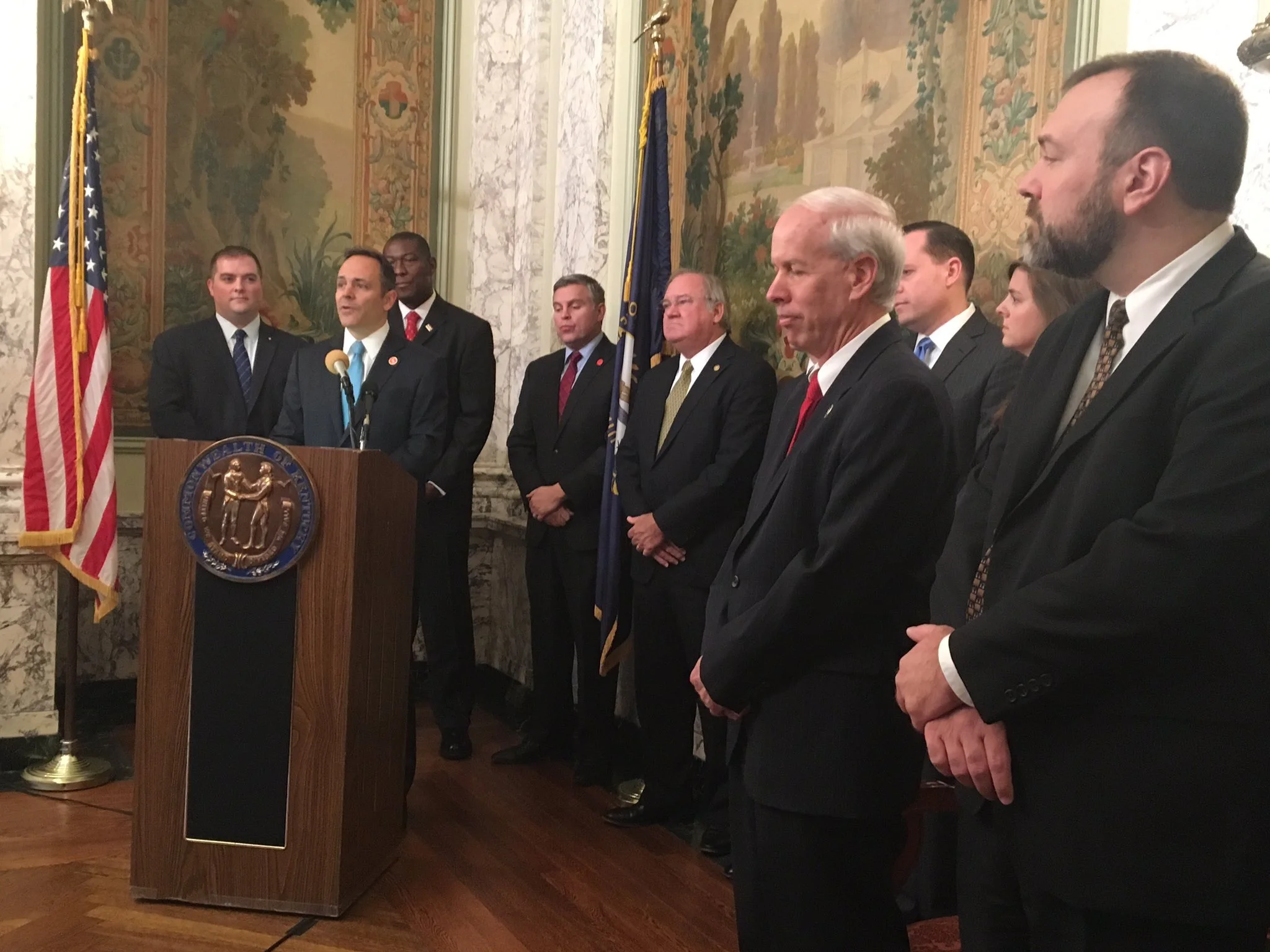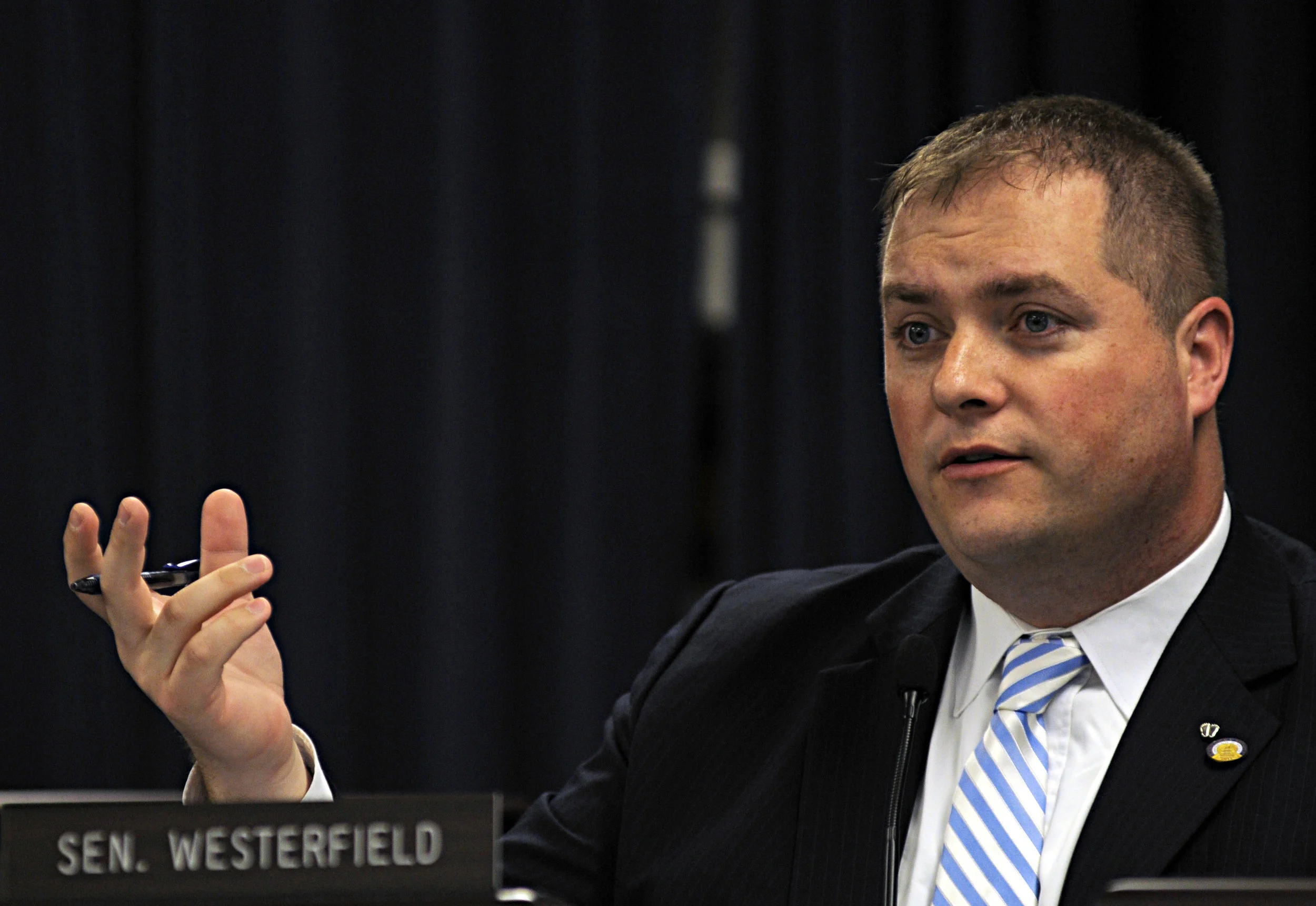An interesting public policy debate is happening across the country right now that runs across industries as diverse as cell phones and John Deere tractors. In fact, those two examples are the subject of cases that have been in the news recently, presenting this question:
Do we have a right to repair the goods we buy?
My instinctive response to that is, of course, yes. And thank goodness, right? I'm at the tail end of what is likely the last generation (for a while) of consumers who are willing to fix things that break or wear out rather than running to the store for a new one. In fact, even my own inclination often follows the latter path when it comes to technology gadgets. But my oldest brothers (born in the 70's), and certainly my parents (born the in 30's and 40's) nearly always prefer the former.
It also strikes me that this policy ground should be already well plowed. Third-party (vs. manufacturer) repairs are not new. Think of your car. The Advance Auto Parts of the world wouldn't exist if we weren't allowed to be our own shade tree mechanics. So why is this debate stirring up now?
Here are three stories of note worth checking out. The third is particularly interesting (and troubling) because it's about an internet-of-things manufacturer taking an affirmative step to remotely halt a device from functioning out of spite. What do you think? Do we have a right to repair?






